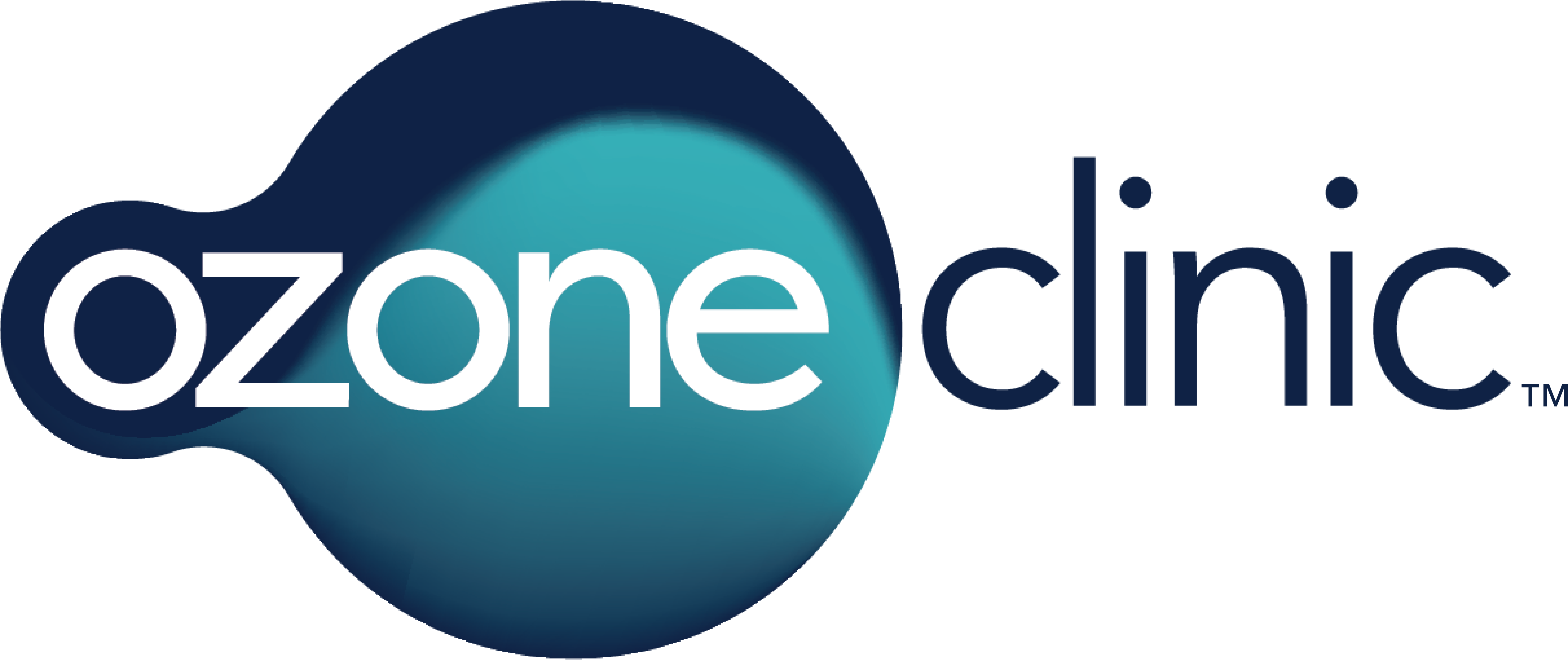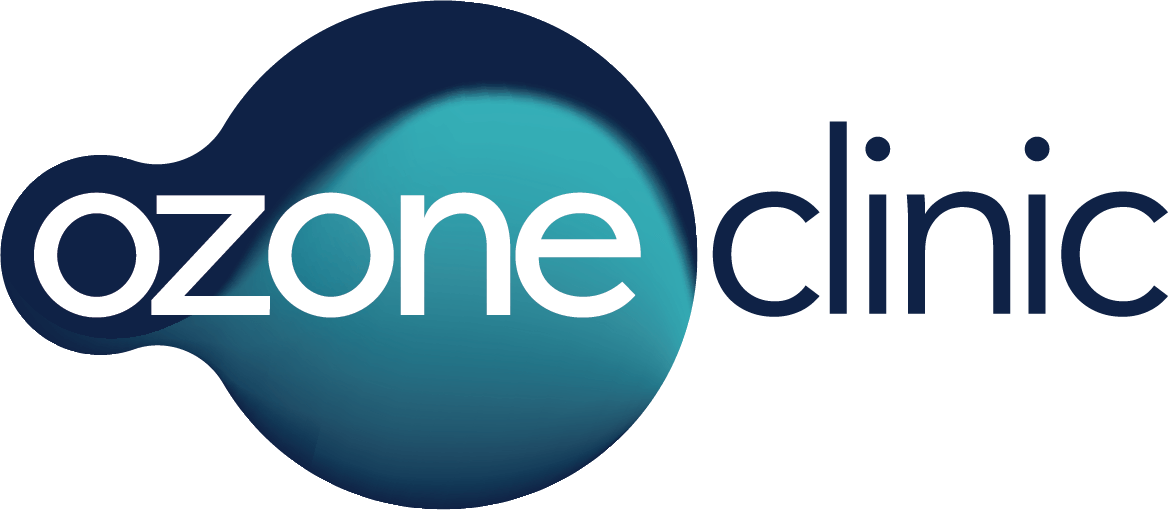Effectiveness of a Short-Term Treatment of Oxygen-Ozone Therapy into Healing in a Post traumatic Wound
Abstract
“A number of studies suggest that oxygen-ozone therapy may have a role in the treatment of chronic, non-healing, or ischemic wounds for its disinfectant and antibacterial properties. Non-healing wounds are a significant cause of morbidity.”
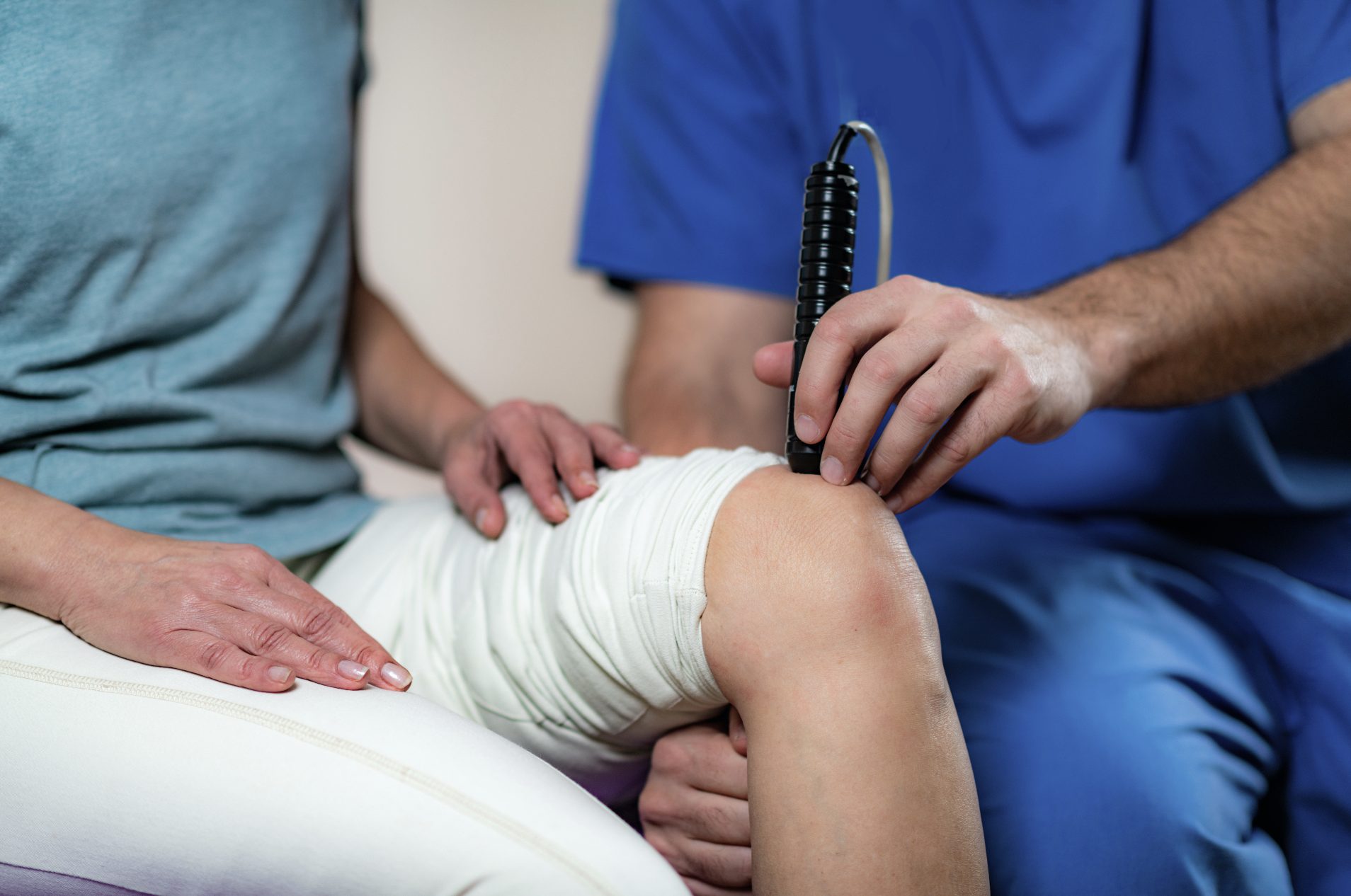
“Today oxygen-ozone therapy is recognised to have a disinfectant property and to induce a strong oxidative stress which stimulates the protective mechanisms of cells and organs increasing the efficacy of endogenous oxygen free radicals’ scavenging properties(2). The antibacterial properties of oxygen-ozone therapy have been studied in detail and have been extensively reported in dental and other literature (3).” (1)
“Here we present a case of a young man after surgical treatment of posttraumatic accident. His ulcer was poorly reacting to standard dressing for two months. Adjuvant combined oxygen-ozone therapy was used in this patient with good results. The aim of the study was to observe the effect of subcutaneous oxygen-ozone injections, by the healing of postsurgical wound. The patient was subjected to subcutaneous oxygen-ozone injections after undressing and skin disinfection. At every week a picture of the wound was taken to measure the size. Each treatment session was repeated daily until the wound healed.” (1)
1. Case Report
“The patient, P.G., a 46-year-old man, married, had a motorcycle accident and underwent amputation of the right tibia and fibula. He reported a history of smoking, high blood pressure, allergy to amoxicillin, and previous appendectomy. 21 days after the surgery in response to the TAC of fluid collection in the residual limb he underwent surgical revision of the stump. (1)
The control of wound was subjected to anesthesiologic visit during the follow-up. At discharge it was afebrile with no signs of inflammation to the blood tests.
Despite appropriate treatment with drugs and dressing, the wound was slowly improving and the patient complained of pain. After 2 months the wound was not yet healed and oxygen-ozone therapy was proposed and started after signing informed consent and ethics committee approval. Meanwhile he continued rehabilitation sessions and underwent standard dressing until the wound had healed.” (1)
1.1 Oxygen-Ozone Therapy Intervention
“The treatment consisted of subcutaneous medical oxygen-ozone injection around the wound before undressing and skin disinfection. The treatment lasted for 5 weeks” (4,1)
1.2 First Stage/Week
“At the beginning the patient was afebrile with no signs of inflammation and negativity to blood tests but he complained of pain for which he took Gabapentin 300 mg qid and Oxycodone 15 mg bid. The wound was ulcerated with a size of 6,5 cm (Figure 1).
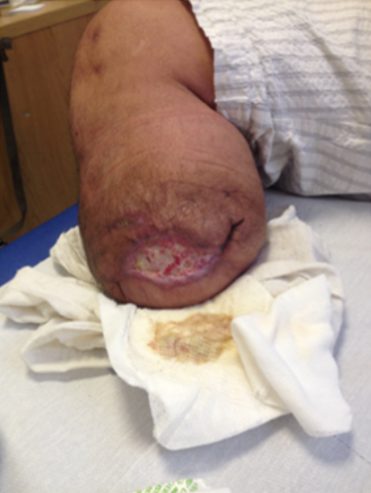
“During the first week the patient was treated with 8 μg of medical oxygen-ozone. At the end of the first week of treatment sessions the wound was 4 cm of size and the patient halved the dose of analgesics and from the second session he reported a reduction of phantom limb pain.” (1)
Read: Week 2-4
1.3 Fifth Week
“During the last days of treatment, he was cured with 6μg of oxygen-ozone. At the fifth session, the wound had healed. (Figure 6)
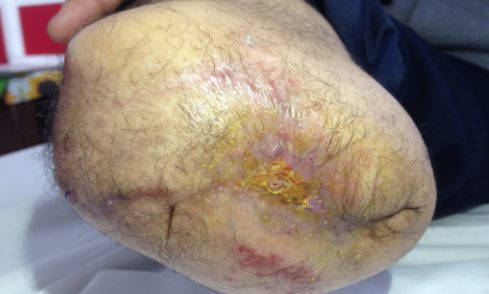
During the treatment the patient was asked daily to report his pain with the VAS (Visual Analogic Scale). The pain remained constant during the first week and gradually reduced during the following period (Figure 7).
Figure 7

VAS Score during treatment
“Wound healing is a complex process; therefore, it is not possible to determine exactly what percentage of oxygen-ozone is responsible for it but, according to the literature, our case report confirms a possible positive involvement of oxygen-ozone in promoting the wound healing when traditional treatments alone are not adequate. In conclusion, we can say that, in agreement with the literature, this report suggests a positive role of oxygen-ozone therapy in promoting wound healing and controlling pain of complicated wounds. Anyway other studies are needed to confirm the effectiveness as an adjuvant to the conventional modality for treatment.” (1)
Sources
- (1) https://www.hindawi.com/journals/crim/2016/9528572/
- (2) A. De Monte and C. Gori, “Major ozonated autohaemotherapy in the treatment of limb ulcers not responding to conventional therapy,” International Journal of Ozone Therapy, vol. 10, no. 2, pp. 85–98, 2011.
- (3) V. Bocci, E. Borrelli, V. Travagli, and I. Zanardi, “The ozone paradox: ozone is a strong oxidant as well as a medical drug,” Medicinal Research Reviews, vol. 29, no. 4, pp. 646–682, 2009
- (4) Table of 5 weeks- Hindawi
